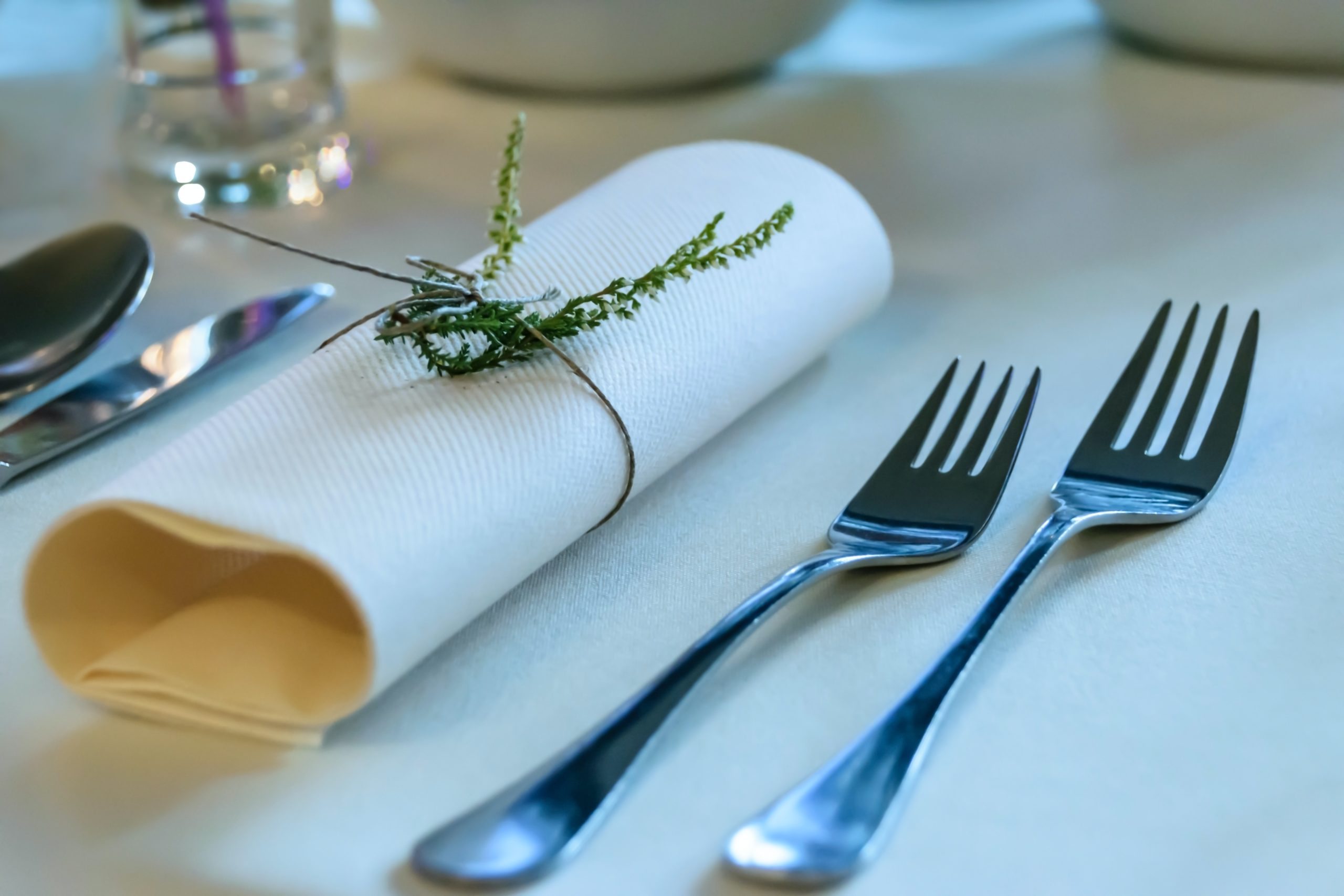Flatware is normally stainless steel, and the reasons for that are obvious, as we mentioned above. They are easy to clean, corrosion-resistant, non-toxic, affordable, and above all, they are not changing the taste of the food.
Today we take those things for granted, especially the last one, but no long time ago the standard was the silverware. However, sterling silver is quite inert but still reacts with some foods and has a slightly metallic taste.
The first tasteless metal that was used for flatware was gold, but as you can imagine this is too rare and expensive to be used by anyone. In history, it was reserved only for kings and royal families.
So, stainless steel gained popularity after its discovery, as it is cheap to produce, and have all those amazing properties.
Stainless steel is also usually used for cookware and bakeware as thin surface cladding over a core of copper, as stainless steel is a poor heat conductor, compared to copper, which is an excellent one.
Stainless steel flatware steadily gained popularity after 1920, starting to replace its old relative, the silverware. Today stainless steel flatware is the standard.

